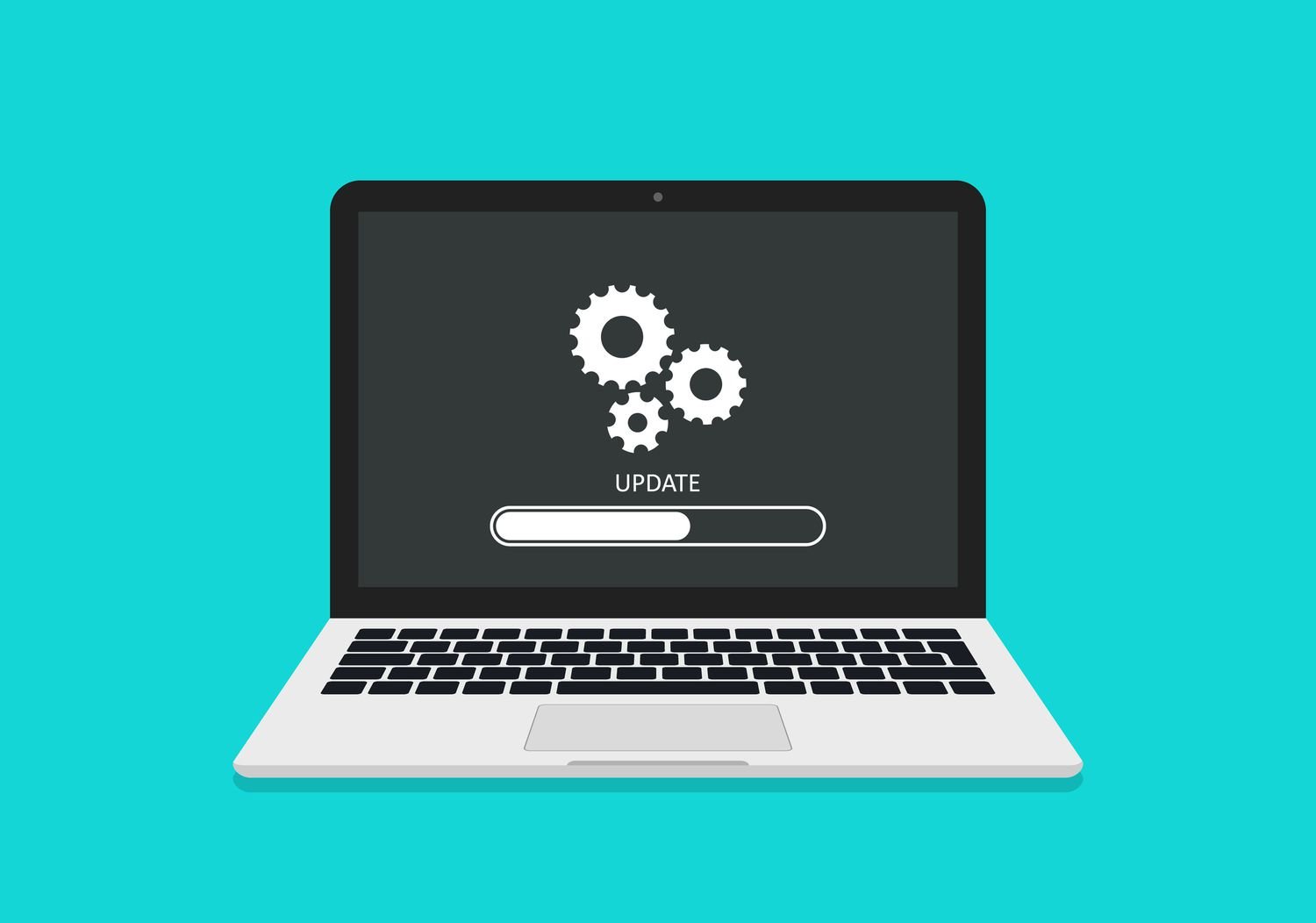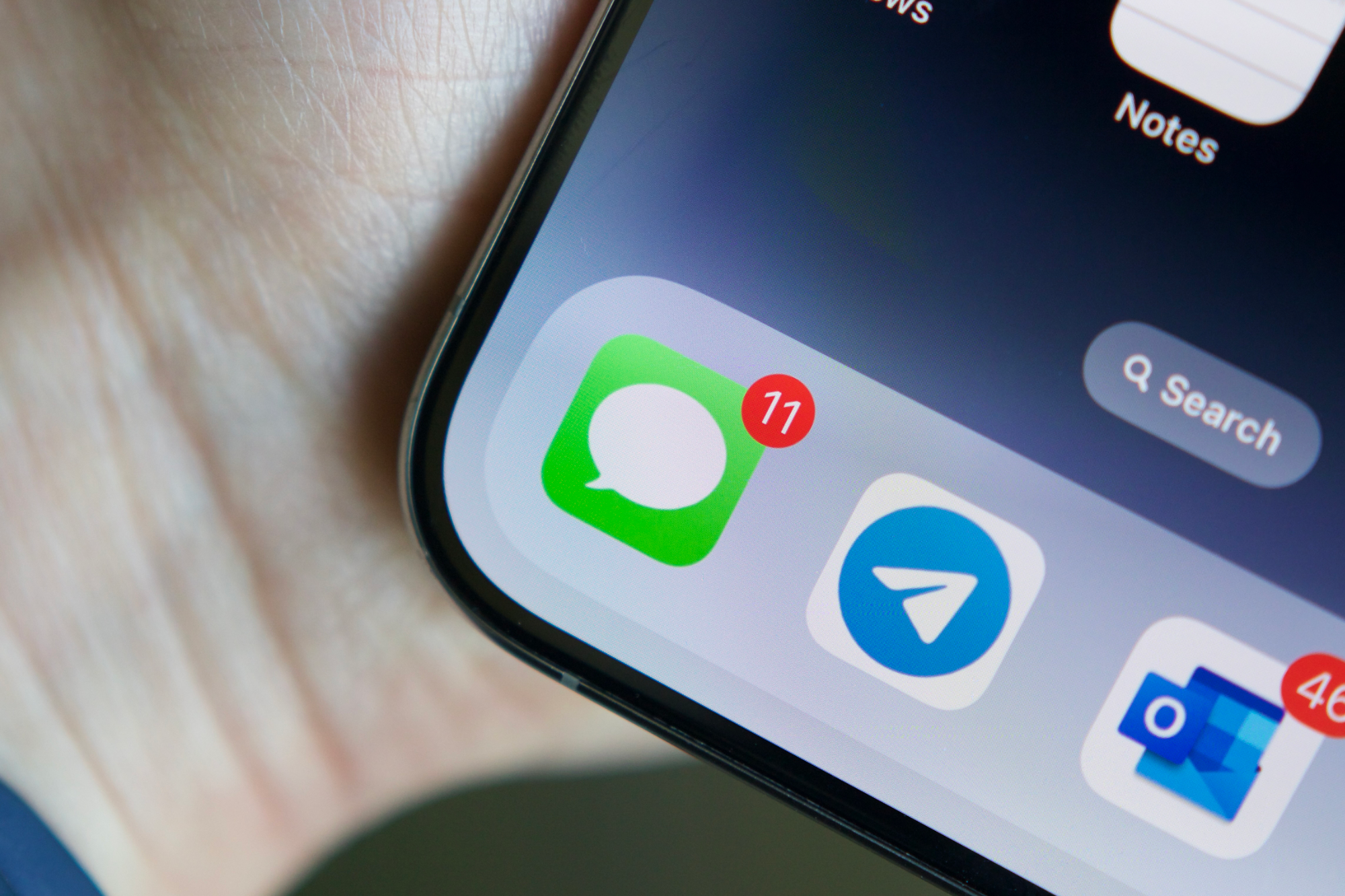S
Introduction: Understanding Error 127.0.0.1:62893
Have you ever encountered Error 127.0.0.1:62893 while trying to access a local server or application? This error can be frustrating, especially when it interrupts your workflow or prevents you from accessing critical services. Error 127.0.0.1:62893 is related to localhost communication and often occurs when a server or network configuration issue arises.
In this blog post, we’ll dive into what causes this error, how to troubleshoot it, and the steps you can take to resolve it. Let’s explore the most common reasons for Error 127.0.0.1:62893 and provide you with simple solutions to get your system running smoothly again.
What is Error 127.0.0.1:62893?
Error 127.0.0.1:62893 is a network-related error typically seen when a system fails to connect to a localhost service or server. The IP address “127.0.0.1” refers to the local machine (your computer), often used in development environments for testing websites, applications, or server configurations. The number 62893 is a port number, which is a gateway through which information is sent and received.
When this error occurs, it usually means that the local server is not responding as expected. This could happen due to a variety of reasons, ranging from misconfigurations in your server setup to firewall restrictions.
Causes of Error 127.0.0.1:62893
1. Misconfigured Local Server
One of the most common causes of Error 127.0.0.1:62893 is a misconfigured local server. This could happen if your server isn’t properly set up to listen to the correct port or if there are issues with the software itself. If the server isn’t running correctly, your system won’t be able to establish a connection, triggering the error.
Many people encounter this issue when setting up local development environments for web servers like Apache, Nginx, or Node.js.
2. Port Conflict
Port 62893 might already be in use by another service on your computer. Ports are like doors for data to flow in and out of a system, and if one door is already being used, another service can’t use it. This conflict often results in Error 127.0.0.1:62893.
It’s important to check if any other application is using port 62893 and ensure that your local server has access to it.
How to Troubleshoot Error 127.0.0.1:62893
1. Restart the Local Server
Sometimes, the easiest solution is to simply restart your local server. This can refresh the connection and resolve the issue if it was caused by a temporary glitch. Make sure to stop the server completely and then restart it to check if the error persists.
2. Check for Port Conflicts
If restarting the server doesn’t work, the next step is to check for port conflicts. Use a command like netstat or a port monitoring tool to see if port 62893 is in use. If it is, you can either stop the conflicting service or assign your local server to a different, available port.
Here’s a quick way to check port usage on Windows:
bash
Copy code
netstat -a -n -o
On macOS or Linux:
bash
Copy code
sudo lsof -i -P -n | grep LISTEN
3. Firewall and Antivirus Settings
Another potential cause of Error 127.0.0.1:62893 is your firewall or antivirus blocking access to the port. These security tools sometimes misinterpret local server traffic as a threat. Make sure your firewall is configured to allow connections on port 62893.
To check your firewall settings, follow these steps:
- On Windows: Go to Control Panel > System and Security > Windows Defender Firewall > Allow an app or feature through Windows Firewall.
- On macOS: Go to System Preferences > Security & Privacy > Firewall > Firewall Options.
Ensure that your local server application is allowed through the firewall.
Resolving Error 127.0.0.1:62893
1. Reconfigure Your Server
If the error continues, you might need to reconfigure your server. Ensure that the server is listening to port 62893 and that no other services are using the same port. You can change the server’s configuration file to use a different port if necessary.
For example, in Apache, you can modify the httpd.conf file and change the listening port:
bash
Copy code
Listen 62893
2. Change Port Numbers
Sometimes, switching to a different port can solve the issue. If port 62893 is problematic, you can modify the configuration to use another port. Choose a high-numbered port (e.g., 65000) to avoid conflicts with well-known services.
3. Update Software or Reinstall
Outdated or corrupt software can lead to Error 127.0.0.1:62893. Ensure that your local server software is up to date, as new updates often fix bugs or improve compatibility with your system. If updating doesn’t work, reinstall the software completely to rule out any installation issues.
Preventing Future Occurrences of Error 127.0.0.1:62893
To avoid Error 127.0.0.1:62893 in the future, there are several preventative measures you can take:
- Use a unique port number: Instead of relying on common port numbers like 62893, choose a port number that’s less likely to conflict with other services on your system.
- Regularly check for port usage: By keeping an eye on active ports and network services, you can prevent conflicts before they occur.
- Maintain firewall settings: Ensure your firewall and antivirus software are configured to allow necessary traffic through specific ports.
- Regularly update your server software: Outdated software is more prone to bugs and security vulnerabilities, so keeping it up to date can prevent errors like this one.
Frequently Asked Questions (FAQ) About Error 127.0.0.1:62893
Q1. What is Error 127.0.0.1:62893?
Error 127.0.0.1:62893 is a network error that occurs when a local server fails to respond to the port 62893. This issue often arises due to misconfigurations, port conflicts, or firewall settings.
Q2. How can I fix Error 127.0.0.1:62893?
You can fix Error 127.0.0.1:62893 by restarting your local server, checking for port conflicts, adjusting firewall settings, and ensuring the server is correctly configured to listen to port 62893.
Q3. Why does Errors 127.0.0.1:62893 happen?
This error usually occurs when there’s a problem with the local server configuration, a port conflict, or a firewall restriction. It’s most common in development environments where localhost services are frequently used.
Q4. Can I prevent Errors 127.0.0.1:62893?
Yes, you can prevent Errors 127.0.0.1:62893 by maintaining proper server configurations, regularly updating your software, and ensuring your firewall settings allow local server traffic.
Q5. Is Error 127.0.0.1:62893 harmful to my system?
No, Errors 127.0.0.1:62893 is not harmful to your system, but it can prevent you from accessing local services. It is primarily a configuration issue that can be resolved with the right troubleshooting steps.
Conclusion: Overcoming Error 127.0.0.1:62893
Facing Error 127.0.0.1:62893 can be frustrating, but it’s usually a manageable problem with the right approach. By understanding its causes, such as port conflicts or firewall restrictions, and following the troubleshooting steps outlined above, you can quickly resolve this error and get your local server back up and running.
Make sure to maintain your server configurations and regularly monitor your network settings to prevent future occurrences of this error. With a bit of patience and technical know-how, you’ll be able to avoid Errors 127.0.0.1:62893 and keep your development environment functioning smoothly.








